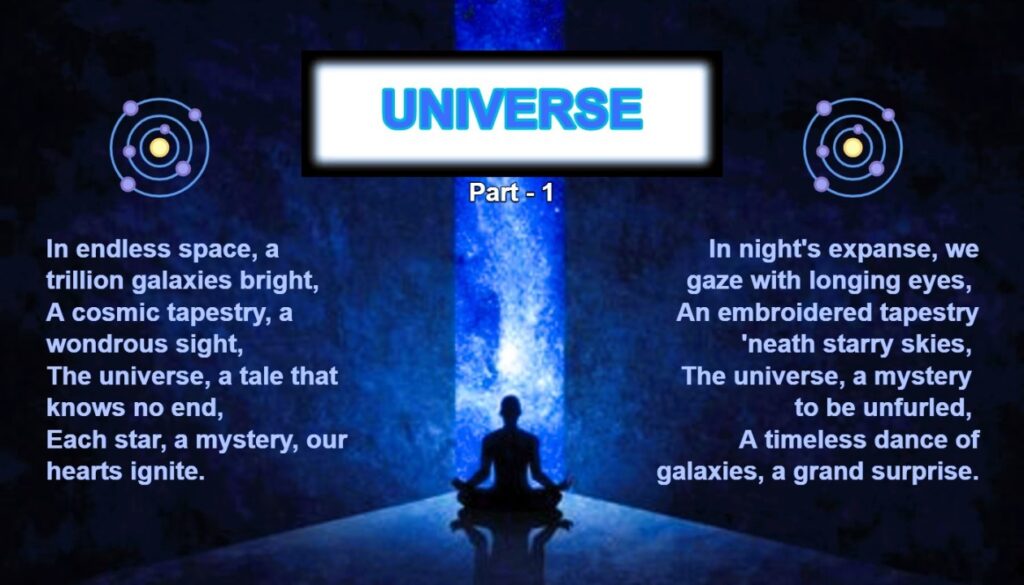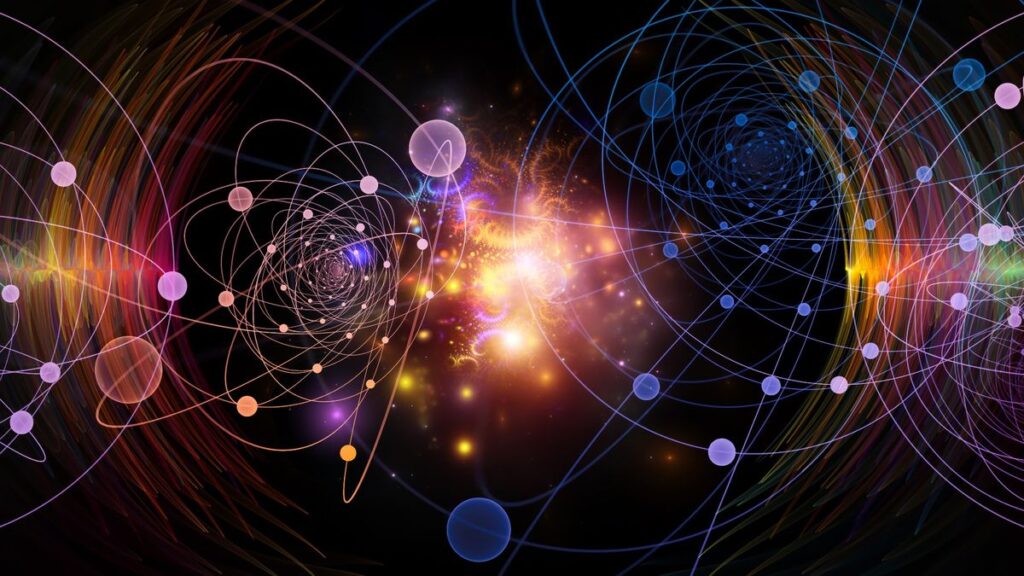Navigating the Boundless Connections of the Subatomic Universe

Embark on a fascinating journey into the depths of the subatomic universe, where particles dance in a delicate ballet of forces and energies. In this article, we will delve into the intricate web of connections that bind the fabric of reality together, from the fundamental building blocks of matter to the elusive realms of quantum mechanics. Join us as we navigate through this boundless expanse, exploring the mysteries that lie at the heart of existence itself.
Unraveling the Fabric of Reality
Embark on a journey through the subatomic realm, where particles such as protons, neutrons, and electrons form the building blocks of all matter. Dive deep into the world of quantum mechanics, where the laws of classical physics break down, and uncertainty reigns supreme. Explore the concept of wave-particle duality, where particles exhibit both wave-like and particle-like behavior, challenging our understanding of reality.
The Quantum Field: A Sea of Potentiality
Enter the realm of the quantum field, a vast and dynamic sea of energy that permeates the entire universe. Learn how particles interact with this field, exchanging virtual particles and giving rise to the fundamental forces of nature. Explore the concept of quantum entanglement, where particles become interconnected in ways that defy classical notions of space and time, paving the way for groundbreaking technologies such as quantum computing and cryptography.
The Standard Model: Unifying the Forces of Nature
Discover the elegant framework of the Standard Model, a theoretical framework that describes the fundamental particles and forces of the universe. Explore the role of symmetries and gauge theories in unifying the electromagnetic, weak, and strong forces, and learn how the Higgs mechanism gives rise to the masses of elementary particles. Delve into the mysteries of dark matter and dark energy. Which constitute the vast majority of the universe’s mass and energy yet remain invisible to conventional detection methods.

Quantum Gravity: Bridging the Divide
Journey to the cutting edge of theoretical physics, where scientists seek to reconcile the principles of quantum mechanics with the theory of general relativity. Explore the challenges of quantum gravity. This arises when attempting to describe the gravitational force within the framework of quantum field theory. Learn about promising approaches such as string theory and loop quantum gravity. Which offer new insights into the nature of space, time, and gravity itself.
Navigating the Boundless Connections of the Subatomic Universe
At the heart of the subatomic universe lies a vast and intricate web of connections, linking particles across vast distances and scales. From the smallest atoms to the largest galaxies. These connections form the tapestry of reality itself, weaving together the fabric of the cosmos. Join us as we embark on a journey through this boundless expanse. Exploring the hidden depths of the subatomic world and uncovering the mysteries that lie beyond.
FAQs (Frequently Asked Questions)
What are subatomic particles? Subatomic particles are the smallest particles that make up the universe. They include protons, neutrons, and electrons, which form the building blocks of atoms.
How do particles interact in the subatomic universe? Particles interact through fundamental forces such as gravity, electromagnetism, the weak force, and the strong force. These interactions govern the behavior of particles and determine the structure of matter.
What is quantum entanglement? Quantum entanglement is a phenomenon in which particles become interconnected. In such a way that the state of one particle is dependent on the state of another. Even when they are separated by vast distances.
What is the Standard Model of particle physics? The Standard Model is a theoretical framework that describes the fundamental particles and forces of the universe. Including quarks, leptons, and gauge bosons. It has been incredibly successful in predicting the behavior of particles in high-energy experiments.
What is dark matter and dark energy? Dark matter and dark energy are mysterious substances that make up the majority of the universe’s mass and energy. Dark matter exerts gravitational influence but does not emit or interact with light. Dark energy is thought to be responsible for the universe’s accelerated expansion.
How do scientists study the subatomic universe? Scientists study the subatomic universe using a combination of theoretical models. Experimental techniques, and advanced technologies such as particle accelerators and detectors. These tools allow researchers to probe the fundamental properties of matter and unravel the mysteries of the cosmos.
Conclusion
In conclusion, navigating the boundless connections of the subatomic universe is a journey that takes us to the very edge of human understanding. From the mysterious realm of quantum mechanics to the intricate symmetries of the Standard Model, each discovery brings us closer to unraveling the secrets of the cosmos. As we continue to explore the depths of the subatomic world, may we gain a deeper appreciation for the wonders that lie beyond and the interconnectedness of all things.




Leave a Comment